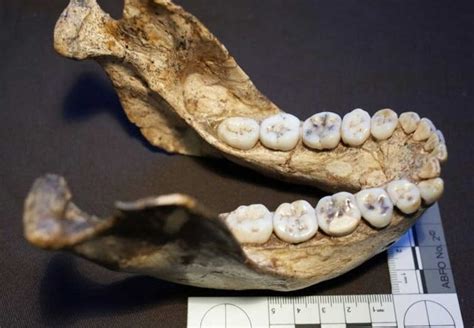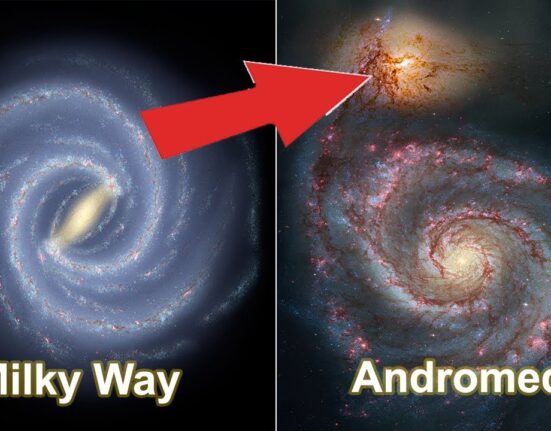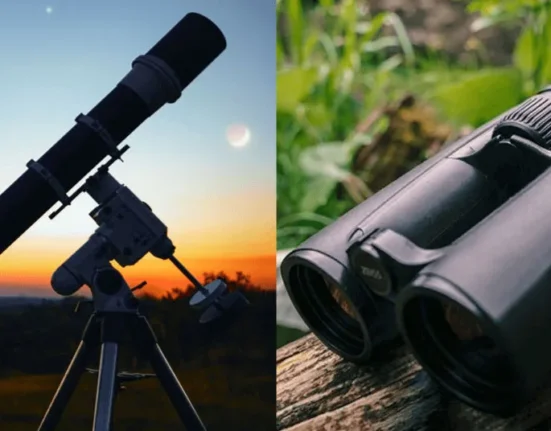Once upon a time, in the ancient lands of southern Africa, roamed our distant relatives, the Australopithecus. These early hominins, living between 3.7 and 3.3 million years ago, have long been a subject of fascination for researchers seeking to unravel the mysteries of human evolution.
Picture this: lush landscapes stretching as far as the eye can see, teeming with life from monkeys swinging through trees to majestic predators prowling the savannah. Among them walked Australopithecus, their diet shrouded in curiosity until now.
A team of dedicated scientists from the Max Planck Institute for Chemistry and Wits University embarked on an extraordinary journey back in time. Their quest? To uncover what our ancestors truly feasted upon during those distant epochs.
Lead by geochemist Tina Lüdecke, a trailblazer in her field, this team delved deep into the fossilized remains found within South Africa’s Sterkfontein cave. These caves hold secrets that whisper tales of bygone eras when life flourished in ways we can only imagine.
“Tooth enamel is the hardest tissue…and can preserve the isotopic fingerprint of an animal’s diet for millions of years,” explains Lüdecke. Through intricate analysis of stable isotopes extracted from teeth, they pieced together a remarkable story about Australopithecus’ culinary habits.
“The nitrogen isotope ratios revealed a surprising truth.”
Nitrogen isotopes served as their guide through time, unveiling a revelation that defied conventional wisdom – Australopithecus were predominantly plant-eaters! Imagine that – our ancient kin thriving on nature’s bounty without the need for hunting down prey like their descendants would do millennia later.
As we ponder over this newfound knowledge, it begs us to rethink our assumptions about early human diets. Could it be that vegetarianism was not just a modern trend but rather deeply rooted in our evolutionary past?
But this discovery is merely the beginning of a grand adventure into understanding how meat consumption shaped humanity’s trajectory. Lüdecke and her team are not content with resting on their laurels; they yearn to explore further across different regions and time periods.
Their sights are set on unearthing more clues from fossils scattered throughout Africa and southeast Asia. With each tooth enamel sample collected, they hope to unveil when our ancestors first savored meat and whether it sparked pivotal changes like brain expansion.
Alfredo Martínez-García from Max Planck Institute for Chemistry reflects on this groundbreaking research with awe. “This work represents a huge step…to better understand diets and trophic levels.” The implications ripple beyond Australopithecus to all creatures past and present populating Earth’s rich tapestry.
In closing remarks, Professor Dominic Stratford pays homage to Sterkfontein Caves’ enduring legacy as a cradle of scientific revelations. This hallowed ground continues to yield insights even after nearly nine decades since its initial treasure trove was unearthed by Robert Broom.
With funding from esteemed institutions like Max Planck Society and support from German Research Foundation (DFG), Tina Lüdecke’s quest stands at the forefront of unlocking humanity’s dietary origins. As we peer back through time alongside these intrepid scientists, one question lingers in our minds – what other surprises lie waiting to be discovered in Earth’s ancient embrace?









Leave feedback about this